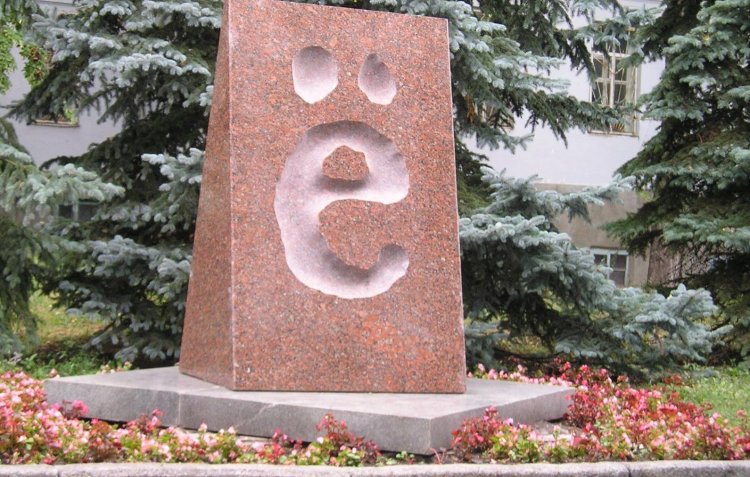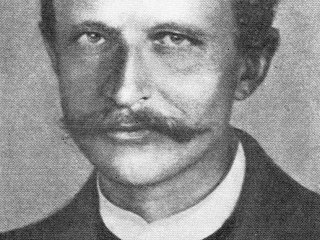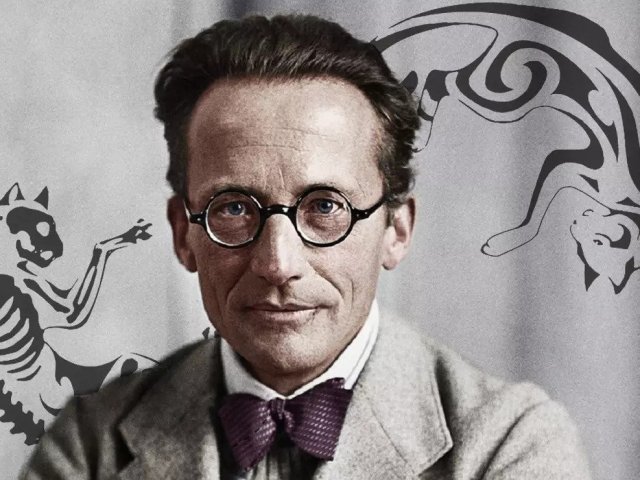
On November 18th, according to the old style, a discussion about the proposed Slavic-Russian Dictionary was taking place in the house of Yekaterina Dashkova, President of the Russian Academy. When the session was about to be adjourned, the cunning Presidentess asked those present to write down the word “iolka” (spruce). The attendees squirmed but still dared to replace the familiar “io” with “ё”. Later, along the way of the newborn letter appeared Karamzin, a Russian historiographer and writer, who enthusiastically began dotting the e and is regarded as the letter’s godfather. Alongside Yekaterina Romanovna, Nikolay Mikhailovich would have every right to exclaim “Ё-moё” (“Ё is mine”, a Russian idiom expressing excitement)!
The life journey of the new letter wasn’t easy: until the revolution, it wasn’t properly added to the alphabet. Amid World War II, it suddenly became compulsory in schools and publishing houses, but the publishers eventually canceled it out. As a result, to this day many believe that Kitty’s husband from “Anna Karenina” was Levin, not Lёvin, that Kaliningrad’s former name is pronounced “Kenigsberg”, and that the last name of a French cardinal and an Odessa duke was Richelie. And even the numerous Rerikh fans seldom know that Nikolay Konstantinovich’s real last name was Roerich.
























